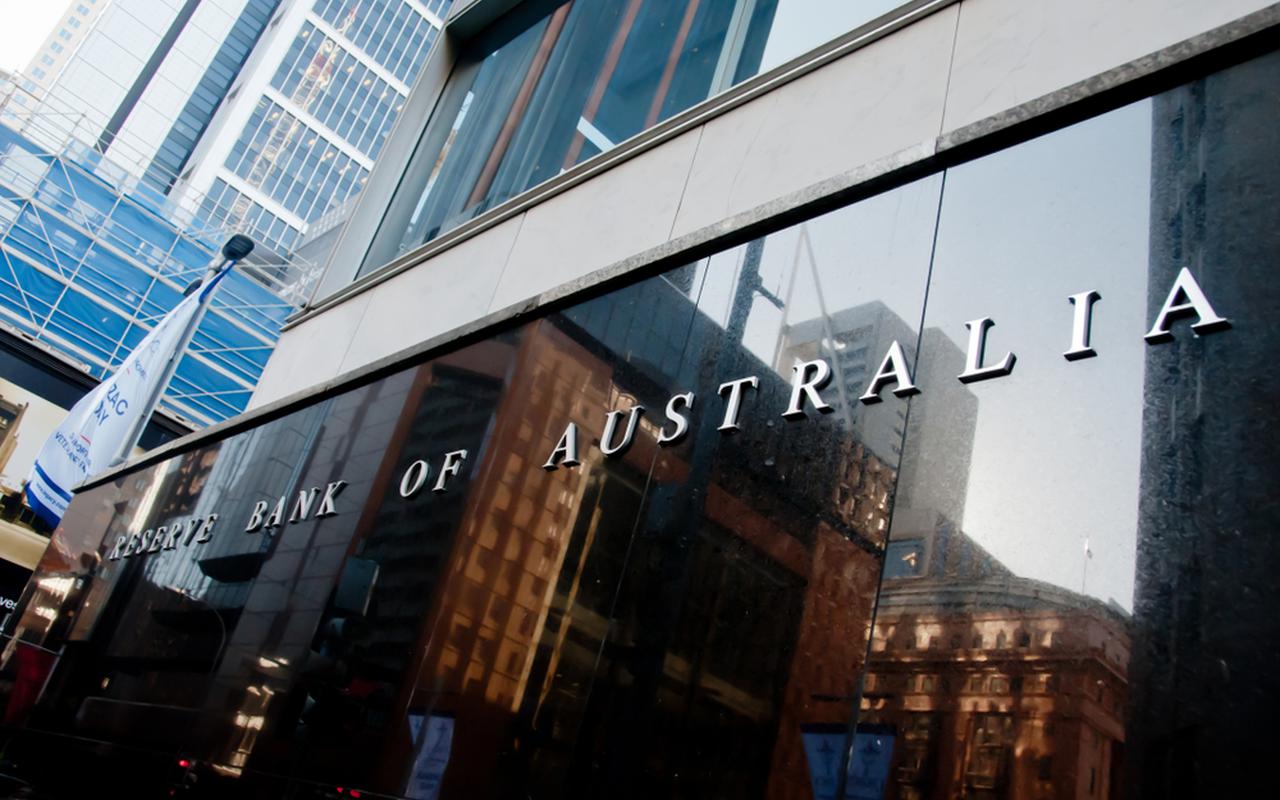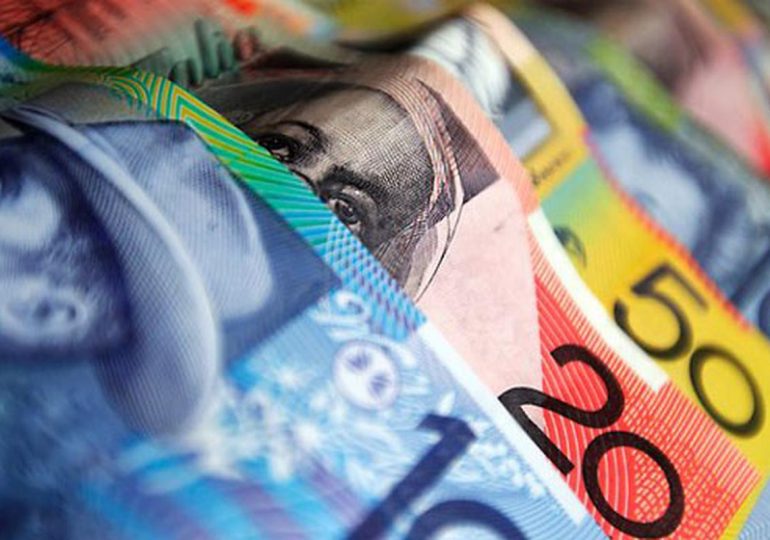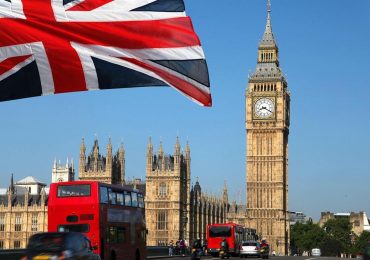The National AustraliaBank took a wait-and-see position on raising credit rates
Financial market analysts expect the Reserve Bank of Australia is going to cut interest rates soon.
In many ways, this may be affected by the fact that the number of supporters of such a decision is growing in the country. For example, Westpac Bank, one of the largest banks on the “green continent”, is already in favor of its adoption. He recently began to forecast a rate cut.
In turn, the Central Bank of Australia took a wait-and-see position on monetary policy. Nevertheless, if the growth of unemployment in the country continues, and the target level of inflation is not achieved, the financial institution will be forced to lower the rate.
What can influence the decision of the National Australia Bank in the current circumstances?
Andrew Ticehurst, economist and investment strategist at Nomura, believes that the main call to action for the Central Bank of Australia should not be unemployment and inflation rates, but other factors. In particular, he sets aside the level of the country’s economic growth in the last quarter of 2018. The corresponding Australian GDP report will be available soon. At the same time, analysts expect that his figure will remain at the same level and will be 1.5%.
This position of the economist from Nomura should not be surprising since it is economic growth that affects both the unemployment rate and the scope of inflation.
Other specialists in the field believe that the rate of trend growth of the state’s economy is around 2.75% per annum. According to them, it is the fall of the decline in these rates that will trigger a rise in unemployment and affect inflation.And this, in turn, will force the Reserve Bank of Australia to act.

In this case, there are several options for the development of events. If the RBA decides that a reduction in the credit rate is inevitable, then it is unlikely to be a single one. It is possible that the regulator will soften the monetary policy on 25 basis points a few more times.
Having made such a decision, there is no reason to believe that the Central Bank of Australia will continue to lower the rate after the publication of quarterly reports. Also, do not expect that the regulator will warn in advance about this since such a policy is already incorporated in the prices of goods.









